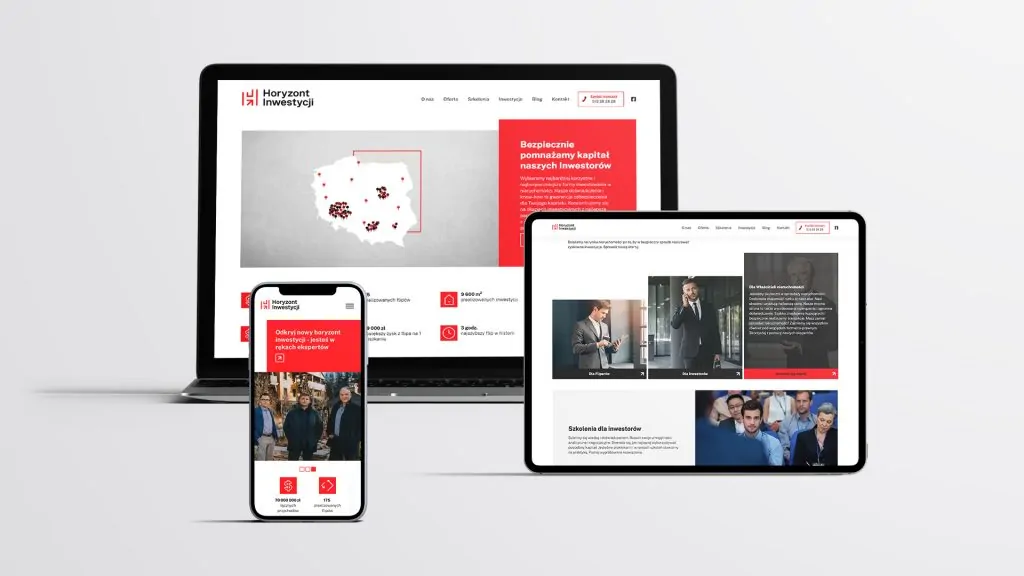Product PR combines elements of brand image building with the promotion of specific products or services. Its main objective is to create a positive perception of the company's offering among potential customers and to build long-term relationships based on trust. Product PR uses various communication channels to reach its audience with a precisely constructed message. It informs, but above all engages and inspires action.
What is Product PR?
The essence of product PR is to create a coherent narrative around a product or service that goes beyond simply communicating features and benefits. Effective product PR is based on knowing the needs and expectations of the target group. It requires precise identification of a product's unique features and skilful presentation of these in the context of user benefits. However, it is not about aggressive promotion, but rather about subtly building awareness and positive associations. In contrast to traditional advertising, product PR focuses on creating a multidimensional picture of the product. This includes its functionality, the values the brand represents and the impact it has on consumers' lives. In this way, product PR allows a deeper, emotional connection to be built between the brand and the consumer.
Product PR uses a broad spectrum of communication tools. These range from traditional media to digital platforms, allowing it to reach different audiences. The most important thing is the ability to adapt the message to the specifics of each communication channel, while maintaining consistency in the overall product image.
Key product PR tools
Effective product PR is based on the skilful use of various communication tools. Each of these plays a specific role in building a comprehensive product and brand image.
- Cooperation with influencers is one of the most effective tools in modern product PR. Influencers with loyal communities are able to present the product in an authentic and engaging way. However, it is important to select the right partners whose values and communication style align with the brand's vision. An organic cosmetics company can partner with influencers who specialise in sustainable lifestyles. This will allow them to reach environmentally conscious consumers.
- social media offer opportunities for building direct relationships with audiences. Instagram, Facebook if LinkedIn enable the creation of engaging content that presents the product in different contexts. A successful social media strategy requires regularity, authenticity and the ability to respond to current trends. An example of a successful campaign could be a series of posts showing the 'behind the scenes' of a product's creation.
- Industry events provide an excellent opportunity for direct product presentation. Attending trade shows, conferences or workshops allows you to build relationships with business partners, the media and potential customers. During such events, exclusive demonstrations, product demos and panel discussions can be organised to highlight the product's unique features and applications.
- Media coverage remain the cornerstone of effective product PR. This includes traditional press releases, the organisation of press conferences, interviews with company representatives or the preparation of exclusive material for selected editors. Building long-term relationships with journalists and editors is important here, as this translates into a greater chance of positive and extensive media coverage.
- Educational content are a valuable product PR tool, especially for high-tech or innovative products. They can take the form of webinars, e-books, infographics or a series of expert articles. The aim is to promote the product, educate the market and establish the brand as an expert in the field.
When is it worth using product PR?
Product PR is used in a variety of business situations, especially when a company is seeking to build long-term market position and trust among customers.
- Apple with the launch of new iPhone models, where each event becomes a global media phenomenon.
- The promotion of high-tech products requires a specific approach within product PR. Here, it is important to educate the market and build understanding of innovative solutions. The PR strategy should focus on presenting specific applications and benefits of the new technology. This may include the organisation of workshops for industry experts, the creation of detailed case studies or cooperation with opinion-forming scientific institutions. An example is the PR campaign of a company Tesla, which promotes its electric cars but also educates the public about sustainable mobility and future technologies.
- Product PR plays an important role in situations where a company seeks to change the perception of its brand or product. This can be particularly important for companies that are undergoing a business transformation or making significant changes to their offering. The PR strategy should then focus on building a new narrative that combines existing brand values with new directions. An example would be a company's PR campaign Microsoft, which in recent years has successfully changed its image from a software developer to a leader in cloud computing and artificial intelligence.

Examples of effective product PR
Coca-Cola's 'Share a Coke' campaign exemplifies the masterful use of personalisation in product PR. By replacing the logo on the bottles with popular names, the brand created a personal connection with consumers, encouraging them to share their experiences on social media. The campaign increased sales and generated a huge amount of user-generated content.
Business LEGO makes excellent use of the potential of social media and CSR in its product PR. Through the platform LEGO Ideas brand involves its fans in the process of creating new sets, building a strong community around the product. At the same time, LEGO actively engages in educational and environmental initiatives, reinforcing the brand's positive image as socially responsible.
Like a Girl" campaign by Always shows how product PR can go beyond promoting the product itself and address important social issues. The campaign to change the negative stereotypes associated with the phrase 'like a girl' not only increased brand recognition, but also initiated an important social discussion.
The Red Bull brand has been building its image for years through spectacular events and sponsorship of extreme sports. Instead of focusing on traditional product advertising, the company creates its own media content, organises sports events and supports young athletes. This product PR strategy allows the brand to be strongly associated with values such as courage, innovation and pushing the boundaries, which resonates perfectly with its target group.
Dove's 'Real Beauty' campaign is an example of a long-term product PR strategy that has successfully repositioned the brand. By challenging beauty standards in the media and promoting natural looks, Dove increased sales of its products and built a strong emotional connection with female consumers. The campaign demonstrates how product PR can be a tool to initiate important social change while building customer loyalty.
Do you want to promote a new product?
We know effective ways.
Why invest in product PR?
Investing in product PR has a number of benefits that go beyond traditional marketing objectives and can have a significant impact on a company's long-term success.
- Building brand credibility is one of the advantages of product PR. Unlike traditional advertising, which is often perceived as one-sided communication, product PR allows for the creation of a more authentic and multidimensional brand image. By providing valuable content, engaging in dialogue with customers and communicating transparently, a company builds trust and loyalty among its audience. For example, a cosmetics brand that regularly publishes scientific research on the efficacy of its products and engages in educating consumers about skincare can thus build a strong position as an expert in its industry.
- Product PR plays an important role in building competitive advantage. An effective PR strategy allows you to stand out from the competition by creating a unique narrative around your product and brand. This may include highlighting innovative solutions, a commitment to social issues or an exceptional approach to customer service.
- Long-term benefits in customer relationships are another important aspect of product PR. While traditional advertising efforts often focus on short-term sales increases, product PR seeks to build lasting relationships with audiences. By regularly providing valuable content, engaging customers in dialogue and responding to their needs, a company can create a community of loyal brand ambassadors. Such customers will not only use the company's products regularly, but also recommend them to others.
- Product PR allows for effective crisis management. In the event of negative feedback or problems with a product, a company with a strong image and good media relations is able to respond more quickly and effectively to crisis situations. Transparent communication and a proactive approach to problem solving can even turn a potential crisis into an opportunity to enhance a positive brand image.
- Investment in product PR translates into increased brand value. Consistently building a positive image, increasing recognition and creating emotional connections with customers all contribute to increasing the value of a company's intangible assets. A strong brand facilitates the launch of new products and allows the company to maintain higher margins and increase its resilience to market fluctuations.
Product PR is an essential element of a modern communication strategy for companies seeking to build a sustainable market position. Combining elements of image-building, market education and direct communication with customers, product PR allows deep, emotional connections to be created between the brand and the audience.

